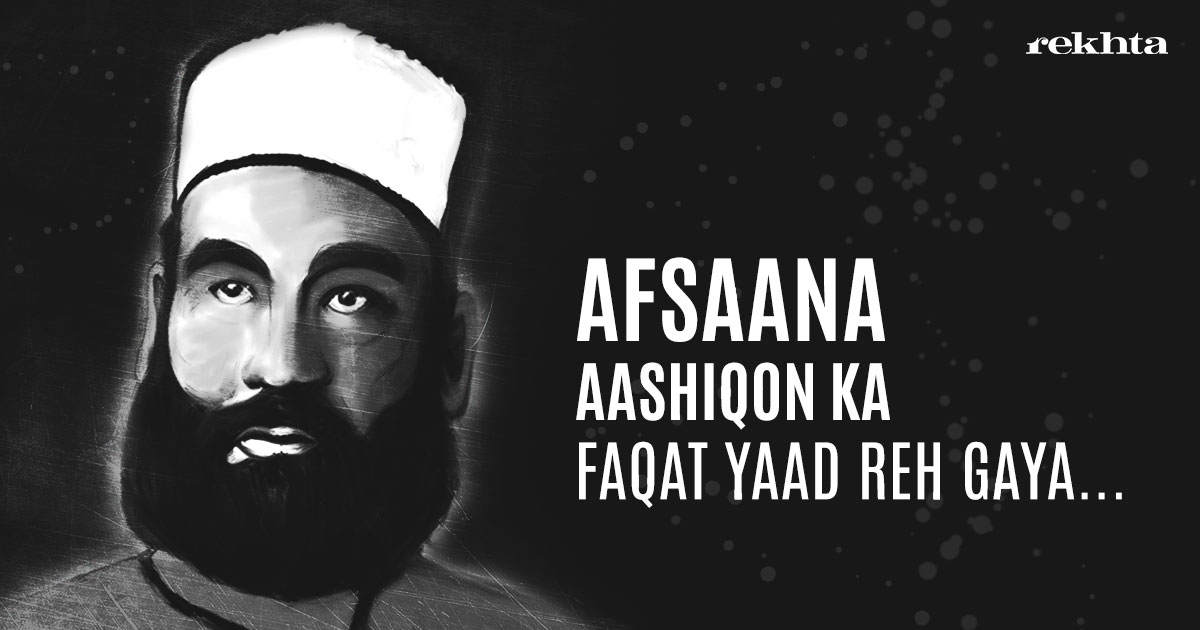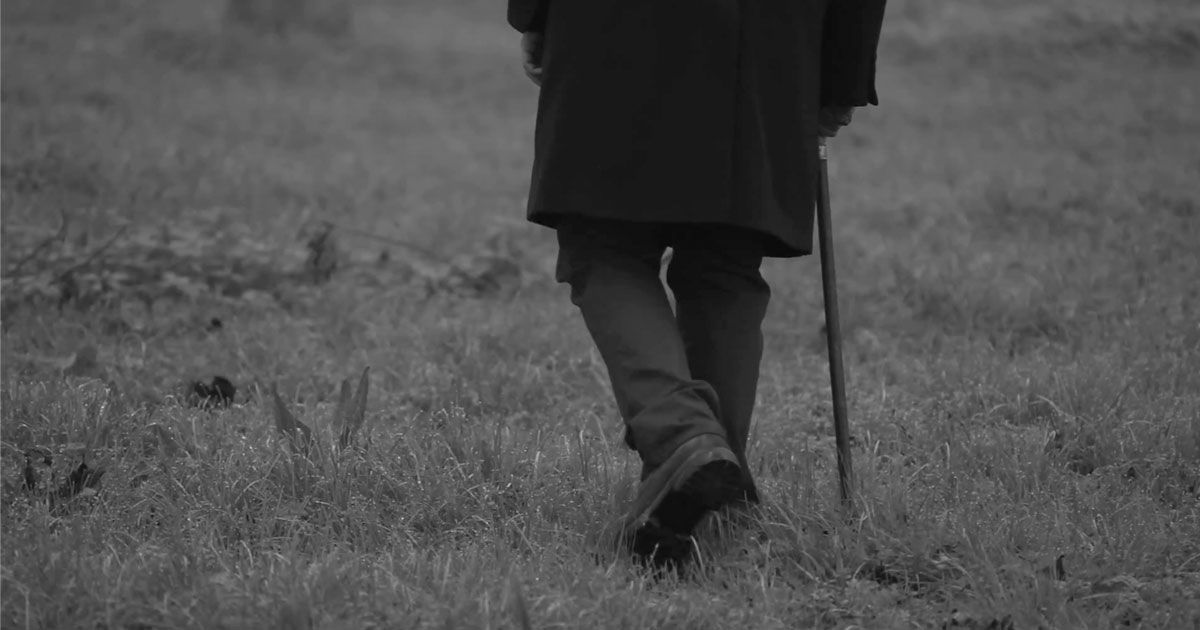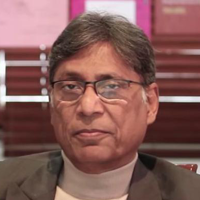
Afsaana Aashiqon Ka Faqat Yaad Reh Gayaa
Dagh is celebrated as a master of the Urdu idiom and respected as a lively artist with good humour at his fingertips.
Baaqi jahaan mein Qais na Farhaad reh gayaa
Afsaana aashiqon ka faqat yaad reh gayaa
Wo din gaye ke the mere seene mein kuchch kharaash
Ab dil kahaan hai dil ka nishaan yaad reh gayaa
A major representative of the Delhi School of poetry, Nawab Ibrahim, later known as Mirza Khan Dagh Dehlvi, was born on May 25, 1831, at Chandani Chowk in Delhi. The place where he was born was later named after him as Kucha Ustad Dagh. His father, Nawab Shamsuddin Ahmad Khan was the ruler of Loharu and Ferozpur Jhirka but he was hanged to death by the British on the charge of a conspiracy to kill Mr Fraser who happened to be an agent to the Governor General. When his mother, Wazir Khanam, brought him to Delhi from Loharu she found a home in the red fort of Delhi after marrying the Mughal crown prince, Mirza Fakhru.

Tamaasha-i-dair-o-haram dekhte hain
Tujhe har bahaane se hum dekhte hain
Dil gaya tum ne liya hum kya karein
Jaane wali cheez thi gham kya karein
After the death of Mirza Fakhru, and the fall of Delhi in 1857, Dagh had to move to Rampur where he led a life of comfort for over two decades under the patronage of Nawab Kalbe Ali. Following the demise of the Nawab, he left Rampur and stayed at different places–Lucknow, Patna, Calcutta–and finally Hyderabad, where he lived for a longer period and died in 1905, at the age of seventy-four.

Koi chheenTa pade to Daagh Kalkatte chale jaaein
Azimabad mein hum muntazir saawan ke baiththe hain
Hyderabad aur langar yaad hai
Ab ke Dilli mein Moharram kya karein
Dagh was a disciple of Sheikh Ibrahim Zauq, the poet laureate of the Mughal court and a celebrated mentor of many poets including Bahadur Shah Zafar. Dagh developed a style and a typical phraseology of his own which clearly distinguish his ghazals from others. His compositions are like intimate poetical conversations that hold the attention of his readers for long. He liberated Urdu poetry from Persian embellishments and spoke in a natural and intimate manner by drawing upon the best practices of the Delhi and Lucknow schools of poetry. Cumulatively, Dagh is celebrated as a master of the Urdu idiom and respected as a lively artist with good humour at his fingertips.
Tumhare khat mein naya ek salaam kis ka tha
Na tha raqeeb to aakhir wo naam kis ka tha
Khaatir se ya lehaaz se main maan to gaya
Jhooti qasam se aap ka imaan to gayaa
Ghazab kiya tere wade pe aitebaar kiya
Tamaam raat qayamat ka intezaar kiya
Mohabbat mein aaraam sab chahte hain
Magar hazrat-e Daagh kab chaahte hain
Dagh did not believe in carrying the idea of love to metaphysical heights but considered it as a natural and innocent act of human intimacy. He sometimes reached even the levels of soft eroticism which distinguished his attitude towards love and romance. He was playful with his language, witty with his phrases, urbane in his addresses, and bright in his disposition towards life, living.
Ranj ki jab guftugu hone lagi
Aap se tum, tum se tu hone lagi
Le chalaa jaan meri rooTh ke jaana tera
Aise aane se to behtar tha na aana tera
Is nahin ka koi ilaaj nahin
Roz kahte hain aap aaj nahin
Dil-e-nakaam ke hain kaam kharaab
Kar liya aashiqi mein naam kharaab
Dagh took great pride in his language and literary culture. He left behind four divaans which stand out as the epitome of classical norms of poetry. He has also left behind his letters and also a long narrative poem. He was decorated with numerous honorifics which included Dabeer-ud-Dawla, Faseeh-ul-Mulk, Nawab Nizaam Jang Bahadur, Sipah Salar, Yar-e-Wafadar, Muqrib-us-Sultan, Bulbul-e-Hindustan, Jahan Ustad, Nazim Yar Jung.
NEWSLETTER
Enter your email address to follow this blog and receive notification of new posts.





